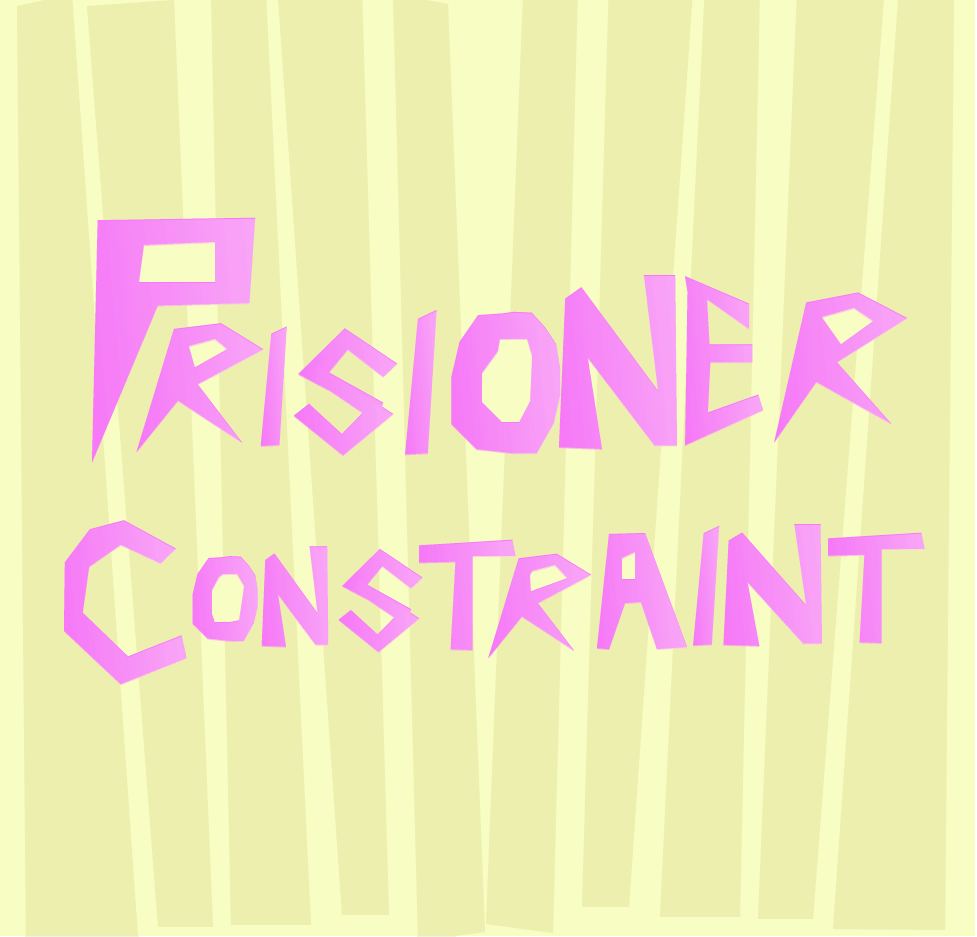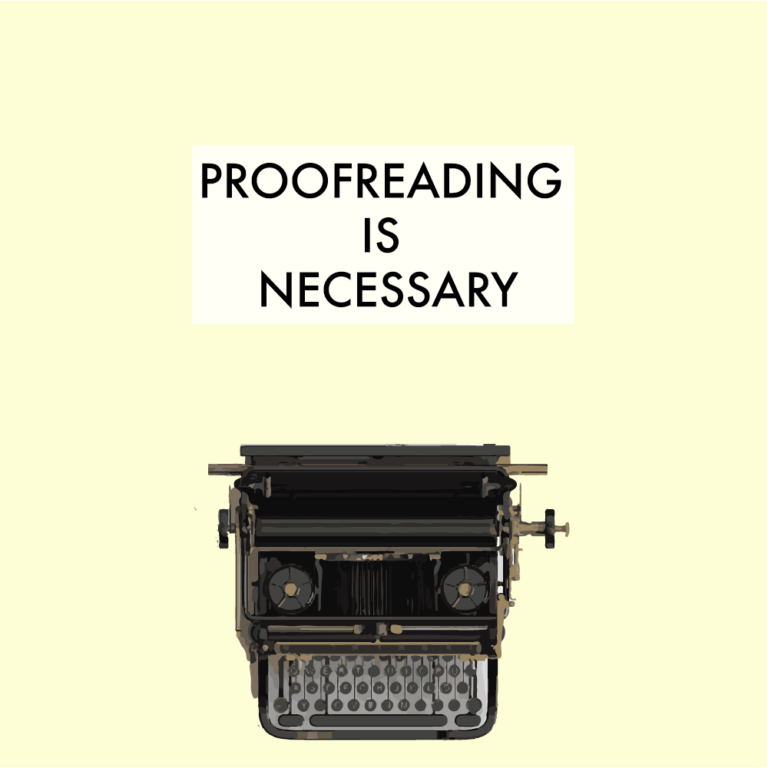The problem with writing is that you have to write a lot to get better at it. This is one of the common reasons why people stop writing altogether. So instead of stretching your writing practice to 4,000-words a day or writing 3 articles daily to get better. What if I told you there is another way of getting better at writing? Let’s see a derivative of using prisoner’s constraint to get better at writing.
Keep in mind that a prisoner’s constraint is a method that is often used in writing poems. The method that this article will describe is a derivative of the prisoner’s constraint but in a different way. The team at Wordsverse has tested this method and the results were great. Let’s have a look.
What is the prisoner’s constraint?
Prisoner’s constraint is a method of creative writing by adding some form of constraint in your writing process. It was created by a group called Oulipo which is an acronym that stands for Ouvroir de littérature potentielle which means “workshop of potential literature” which includes French writers and mathematicians.
The idea behind this was to find ways to write better, to get new ideas, and to get rid of the dreaded writer’s block. By putting constraints, your mind gets under pressure and tries to find new ways of writing.

The idea behind this constraint is this. You are locked in a dingy prison cell and given a single piece of paper with a small pencil. You have to write to everyone you know, your family, your friends. All of them. To do this, you must maximize space. Write so that you can fit more in less space. This is the whole concept of a prisoner’s constraint.
This method is used to write compact poems. The rules are this: You cannot use any letter that omits the use of ascenders and descenders. These letters are b d f g h j k l p q t y. Only lower-case letters are allowed and the letters allowed are these: a c e i m n o r s u v w x z. To help you with this constraint, here is a list of some words that contain no ascenders or descenders. Take a look:
| a | Corin | Marv | o-o | sexiness |
| AA | corinna | marver | Oona | sexism |
| AAE | Corinne | Marvin | oos | sex-maniac |
| Aar | corium | Marx | oose | sex-maniacs |
| Aaron | corm | Marxian | ooze | si |
| Aaronic | cormous | Marxism | oozers | Si |
| AAS | corms | Marx’s | oozes | SI |
You can find the complete list of words here.
You are to write poems using these letters only that are very short (3-4 lines at most). But how does that help in writing an essay or any long-form content?
It has not much help to boost the content quality for long-form content. The prisoner’s constraint is best used for writing poetry. But we have taken the basic idea of constraint and implemented that in a new method that will help you write better articles and essays. These are the writing constraints.
How to write using prisoner’s constraint
While you cannot go to a prison to write better and even if you could, it won’t be of much help. What would help is your comfortable home. Take a look around your house and see what you can find that has anything written on it. It could be the cereal box, the toothpaste box, anything. Once you find it, take a look at what information is given. All you have to do is write something about that same information but compactly and differently. How can you write something better than the brand’s copywriters?

Once you are done with writing things about objects, move to a visual description. What is it that lays right in front of your eyes. What is going on as you see the scene unfold? Take a notepad (or your laptop or smartphone) and start describing whatever you see. Here’s the challenge:
You have to follow a theme while you describe the scene around you. This means that whatever is happening, you must describe it in a way that fits a genre of writing. First, describe it in a way as if you are writing a horror story. Then try describing it in the most pretentious way as possible. Then do it like an adventure book and then like a fantasy story. You can try this in whatever genre you like. It is great exercise hone your descriptive skills.
Another great way of improving your writing skills by preventing your work sound amateurish is by going around the core line. Here’s how it’s done;
Take a core line, any line. An example of this would be “I was sitting on the couch, eating fries.” This is the core line. Now you need to write a paragraph that explains the same line, but you cannot use the words used in the scoreline. So it would be like this; “Resting upon the cushions of comfort, I watched my hands reach for the delicacies forged in oil and fire. Slowly but surely, I devoured it.” This exercise will develop your vocabulary and help you be more eloquent in writing.
Another way of writing better is by reduction. To do this, write a paragraph, a long paragraph of about 300-400 words. Now, you need to start reducing the word count of it without changing the meaning conveyed. Do this until you reach 150-200 words. You can try to get the word count as low as possible. The lesser the word count, the more compact will be the information. A great way to know what you want to convey instead of using unnecessary words and make your writing clearer.
While there are many other ways of constraints, like Snowball, Lipogram, Univocalism, etc these don’t help that much in writing long-form content. Writing a lot helps make yourself better at writing, but these exercises do help a lot in a more focused way.








